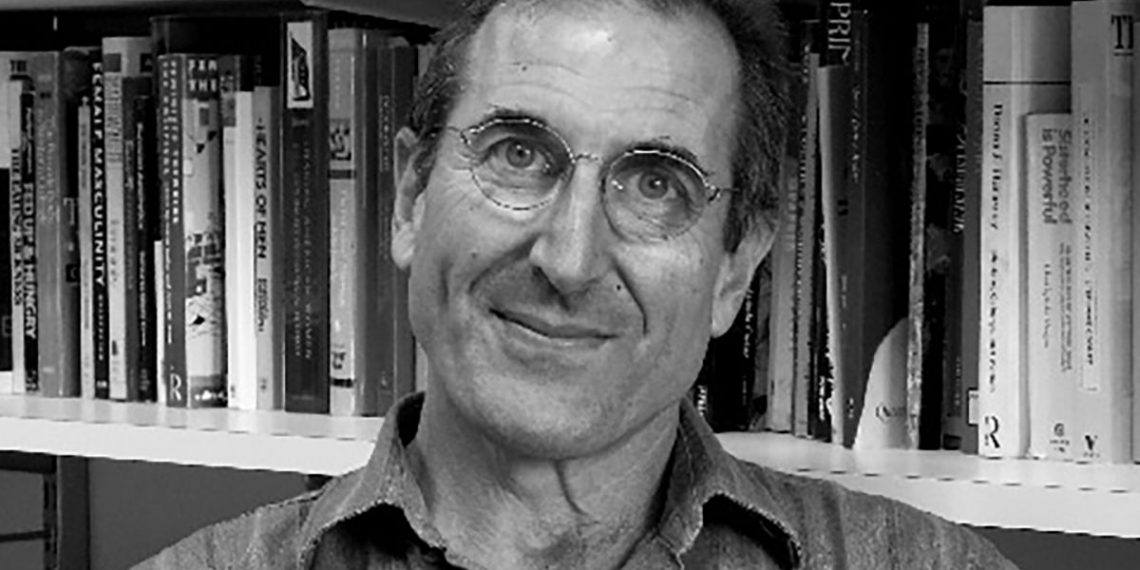At Public Seminar, McKenzie Wark examines the underappreciated work of Randy Martin, a political theorist and dance scholar who had some startlingly original ideas about late capitalism and the derivative form. Focusing on Martin’s Knowledge LTD: Towards a Social Logic of the Derivative (2015), Wark show how Martin’s reading of postmodern dance and his understanding of what Wark calls a “social kinesthetic” illuminate our current political-economic situation better than traditional commodity-based Marxist theories. Read an excerpt from the piece below, or the full text here:
Like Paolo Virno, Martin is interested in dance as emblematic of a kind of self-organizing labor. For Martin, the dancer’s body “… has been valued and supported in a kind of impossible economic anorexia… Dancers are prized for their creativity, flexibility absence of material needs….” (146) Which Virno thinks of as post-fordist virtuosity but which Martin thinks of as kind of social kinesthetic. This is more like Raymond Williams’ structure of feeling, in which a certain historical formation is lived and breathed. Like structure of feeling, a social kinesthetic might be a disposition that exists prior to its articulation, as a sensibility or habit. Dancers are the perfect labor force, a model of work without strife – or strikes.
Dance is a site for thinking about how the body in movement makes value. In a factory, bodies move, products extrude, but then those commodities are alienated from their maker and enter circulation, and end up inside circulation in forms of credit and debt. Dance is different. Bodies move in space, credit and debt are tendered between dancers and audiences for a particular duration. Circulation is inside production. Dance is also derivative, a series of minor variations derived from something common. Small changes lead to large gains. Dance makes the kinesthetic legible, and this understanding can then be substituted into other domains of practice. This is essentially what Martin did. For him, dance is derivative of the social kinesthetic in the same way that finance is derivative of the commodity form.
Postmodern dance is a new iteration of the social kinesthetic, a rupture from the universalizing tendencies of the classical and the modern. The classical is an order that comes from without that has to be embodied. Its origins are in feudal Absolutism, as codified dance was initially derived from Louis XVI’s movements. Sovereignty is transferred from the king to the artist-genius-celebrity, operating in art as autonomous realm. The classical kinesthetic privileges a vertical movement: the king imitates God; the dancer the king, the subject the dancer.
Image of Randy Martin via Public Seminar.
